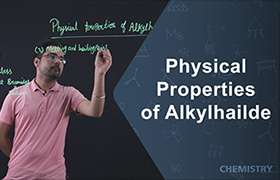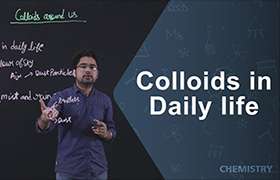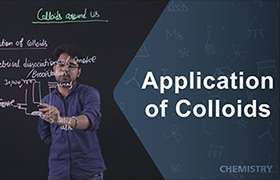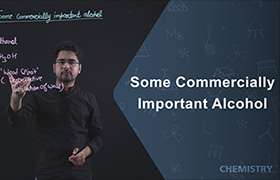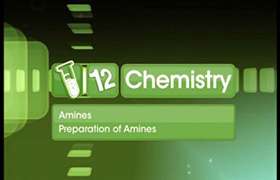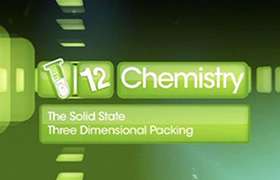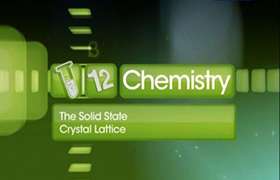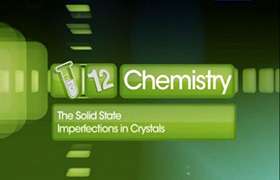CBSE Class 12-science Answered
Hyperconjugation is the stabilising interaction that results from the interaction of the electrons in a s-bond (usually C-H or C-C) with an adjacent empty (or partially filled) p-orbital or a p-orbital to give an extended molecular orbital that increases the stability of the system.
Based on the valence bond model of bonding, hyperconjugation can be described as "double bond - no bond resonance" but it is not what we would "normally" call resonance,Hyperconjugation is a factor in explaining why increasing the number of alkyl substituents on a carbocation or radical centre leads to an increase in stability.
Let's consider how a methyl group is involved in hyperconjugation with a carbocation centre. First we need to draw it to show the C-H s-bonds.
Note that the empty p orbital associated with the positive charge at the carbocation centre is in the same plane (i.e. coplanar) with one of the C-H s-bonds This geometry means the electrons in the s-bond can be stabilised by an interaction with the empty p-orbital of the carbocation centreOf course, the C-C s-bond is free to rotate, and as it does so, each of the C-H s-bonds in turn undergoes the stabilising interaction.
So the ethyl cation has 3 C-H s-bonds that can be involved in hyperconjugation.
The more hyperconjuagtion there is, the greater the stabilisation of the system.
So for example, the t-butyl cation has 9 C-H s-bonds that can be involved in hyperconjugation. Hence (CH3)3C+ is more stable than CH3CH2+
The effect is not limited to C-H s-bonds, appropriate C-C s-bonds can also be involved in hyperconjugation
Resonance in chemistry is a tool used to represent and model certain types of non-classical molecular structures. Resonance is a key component of valence bond theory and arises when no single conventional model using only even number of electrons shared exclusively by two atoms can actually represent the observed molecule. There are two closely related but useful-to-distinguish meanings given to the term resonanceResonance in chemistry is a tool used to represent and model certain types of non-classical molecular structures. Resonance is a key component of valence bond theory and arises when no single conventional model using only even number of electrons shared exclusively by two atoms can actually represent the observed molecule. There are two closely related but useful-to-distinguish meanings given to the term resonance. Resonance structures are then employed to approximate the true electronic structure. Take the example of benzene (shown above, right). In a Lewis diagram, two carbons can be connected by one or two covalent bonds, but in the observed benzene molecule the carbon-carbon bond lengths are 140 pm, longer than typical C=C double bonds (133 pm) yet shorter than typical C-C single bonds (154 pm). More importantly, they are all equivalent, a fact no Lewis structure can explain. Therefore one calls the two Lewis structures canonical, contributing or resonating structures and the real molecule is considered to be their average, called a resonance hybrid. Resonance structures of the same molecule are connected with a double-headed arrow

